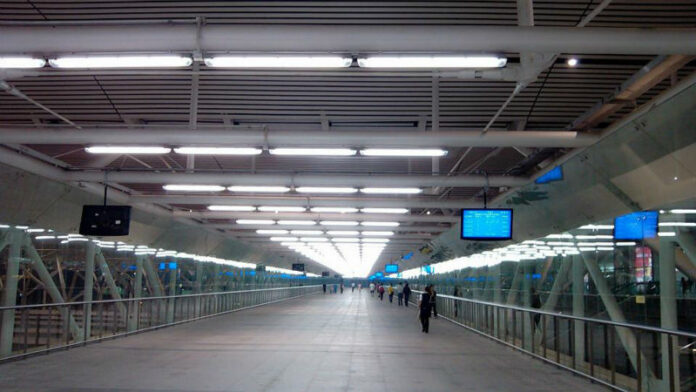The brightness of a lighting fixture isn’t determined by the light that gets installed in it. While it does play an important role in determining the maximum achievable lumen output, it’s ultimately the ballast that determines how many lumens any given light fixture will produce.
The ballast, or more accurately the ballast system, is what supplies the bulb with electricity. It’s key in determining how much electricity actually travels to the bulb, which in turn determines what measure of power runs across the lamp and how many lumens the lamp produces.
Ballast Factor Explained
The ballast factor is a measure of how much energy gets applied to the lamp to produce lumens. This means that it will typically be a factor less than 1.0 in commercial systems, as some energy loss will almost always occur, or the ballast itself may be designed to intentionally have a lower ballast factor.
The balance factor of any ballast system is determined by:
Lamp Rated Lumens / Output Lumens = BF
It’s important to note that the ballast factor is not a measure of energy efficiency. It measures only how much energy gets translated into lumens by the system.
Determining the Lumen Output
The ballast factor can be used to determine how many lumens that a lighting system will provide, which is incredibly helpful when you’re engineering a lighting solution.
To do so, you need to only plug in the correct values for the following formula:
Ballast Factor * Lamp Lumens Output = Net Effective Lumen Output
For example, consider a 4-lamp commercial luminaire that uses bulbs rated for 3000 lumens each. A ballast with a 0.95 ballast factor, which complies to the ANSI standard for ballasts, would result in a net effective lumen output of 0.95 * 3,000 * 4 = 11,400 lumens.
A ballast with a BF of 0.7 would produce 0.70 * 3,000 * 4 = 8,400 lumens. This shows that if this is too bright, then it’s possible to go with a ballast that has a lower ballast factor without redesigning the entire luminaire.
For more lighting tips, follow me on twitter @doctorbulb, like me on Facebook, check out my Google+ profile, and subscribe to my blog!



